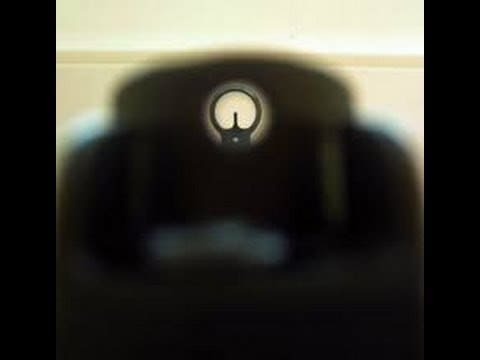
While I am not a perfect shooter, I do consistently score in the mid/high 90% range on my targets in just about any situation. I was not always able to do this. As a matter of fact, when I was in the service I shot much worse. Each time I went to the pistol range the range staff would ask “Hey corporal, are you looking at the front sight post.” To which I would always answer in the affirmative and then crunch the trigger and send a bullet hurtling in the general direction of the target.
I could not understand why I qualified sharpshooter (that’s the mid-range qualification in the USMC). I had a good stance, controlled my breathing, and did not jerk the trigger. I felt like my sights were aligned when I pulled the trigger, and I felt I understood the fundamentals of accurate shooting.
It was not until I had my End of Active Service and joined the TN Department of Correction that I found out my problem. I was not focusing on the front sight post.
It interesting to me that the way I found out the solution to my problem was by following a principle of education that I feel is overlooked. It is a well-known secret that people learn by doing, and they retain more information from performing an act than they do by hearing a description of the act. Well if someone TEACHES this act they retain (and understand) more about whatever they are trying to learn.
I guess its mentally organizing the information to pass it on to another that enhances retention and understanding, or it may be thinking deeper to prepare for a student’s questions. I don’t know. But I do know that after I attended my very first firearm instructor course something clicked. I went to the range and thought about all the same things I normally think about. This time though, when I got to the sight alignment piece, I played back the “script” on how the eye focuses and decided I would concentrate and fully focus on the front sight post of my handgun.
It was interesting, now that I decided to ACTUALLY perform the actions I half-stepped through all those years; the front sight came into a sharp focus. I could make out the striations on the ramp, the colored strip on the revolver front sight; the slight imperfection where it was dropped once (followed it)…
Amazingly, with this one change my group went from chest sized to saucer sized. I became a convert and began to throw out all my old understanding and try to explore why the fundamentals are what they are as well as to concentrate on performing them consistently perfect each time.
We have a tendency as shooters to want to look at the target; I understand it – that’s where we see the results of our shooting. However, the target is a reflection of the past – the round we just fired. It does not help us with the round we are preparing to fire. Focusing on the target has the effect of causing us to aim over our sights and shoot low.
Because our eyes can only focus on one distance at a time, if we focus on the target we will not be able to even see our rear sight. If we focus on the rear sight we won’t be aware of our target.
A compromise is to clearly focus on the front sight. Because it is between the rear sight and the target, if we focus on the midpoint we will have the ability to see them both (albeit a little blurry). This will allow you to place the clear front sight centered on the blurred target and centered inside the blurred rear sight.
If you try it, and truly focus on the sight until you can make out all the fine detail on your front sight post I promise that you will see a difference in your shooting. I do not promise that it will be comfortable or easy the first time. You will have to practice.
If you want a clearer explanation, or you want to hear me ramble on about Massad Ayoob’s front sight study from his book “The Ayoob Files” by all means watch the video above.
I also have a great video from a former Navy SEAL that I use with a lot of my students below.
